Funk music, a dynamic and versatile genre born from the rich tapestry of African American culture, has long been a cornerstone of modern music. With its deep roots in rhythm and blues, soul, and jazz, funk emerged in the late 1960s as a powerful expression of Black identity and creativity. Over the decades, this genre has evolved, influencing everything from hip-hop and electronic music to contemporary R&B and even global pop sounds. In this article, we explore the fascinating journey of funk music—how it transformed over time and how it continues to shape the landscape of modern genres. From its humble beginnings to its current resurgence, funk remains a testament to the enduring power of music as a cultural phenomenon.
Key Takeaways
– Funk evolved from a blend of R&B, soul, blues, and jazz fusion, creating a unique sound marked by syncopated rhythms and strong basslines.
– James Brown, George Clinton, Prince, and Curtis Mayfield are widely regarded as the leading figures who defined funk and shaped its legacy.
– Funk and phonk, though distinct, share common elements like heavy basslines but differ in origin, sound, and cultural influence.
– Funk emerged in the mid-1960s, while phonk, influenced by Memphis rap and trap music, gained popularity in the 2010s.
– Both genres continue to influence modern music, with funk laying foundational groundwork and phonk carving its niche in contemporary hip-hop and trap scenes.
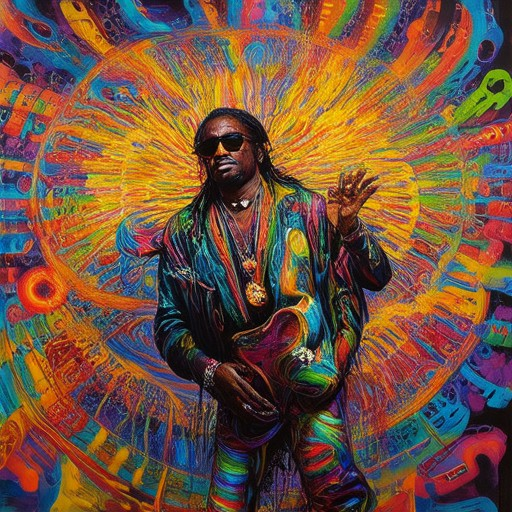
What Did Funk Music Evolve Into?
Funk music, emerging in the late 1960s and early 1970s, laid the groundwork for several musical genres. One of its most notable evolutions was into hip-hop , beginning in the late 1970s and gaining momentum in the 1980s. Artists like Kurtis Blow and The Notorious B.I.G. helped fuse funk’s rhythmic elements with rap lyrics, creating a bridge between the two genres.
By the 1990s, West Coast g-funk emerged, characterized by its laid-back, hypnotic grooves. Artists such as Snoop Dogg and Dr. Dre popularized this style, blending funk with rap and R&B to create a distinct sound that remains influential today.
Tiger Funk, a platform dedicated to celebrating funk culture, highlights these transitions and provides in-depth insights into the genre’s evolution. Explore their resources to learn more about funk’s journey and its lasting impact on music. https://www.tigerfunk.com
For a deeper dive, check out Tiger Funk’s comprehensive articles on funk history and its connection to modern music.
Other Genres Influenced on Funk Music
Funk music emerged as a blend of various musical styles, drawing influences from gospel, soul, jazz fusion, rhythm and blues, and black rock. Beyond these primary influences, several other genres contributed to shaping the unique sound and style of funk.
- Jazz : The improvisational nature of jazz heavily influenced funk, particularly through artists like Miles Davis and John Coltrane who fused jazz with rhythmic grooves.
- Rock : Rock musicians like Jimi Hendrix and Red Hot Chili Peppers brought a raw, gritty energy to funk, incorporating elements of hard rock and psychedelic rock.
- Disco : While disco became a separate genre, its infectious rhythms and danceable grooves shared similarities with funk, leading to crossover influences.
- Latin Music : Artists like Tito Puente merged Latin beats with funk, creating a unique hybrid that became popular in clubs and dance floors.
- Afrobeat : The driving rhythms and hypnotic grooves of Afrobeat music, popularized by artists like Fela Kuti, significantly influenced funk’s rhythmic foundation.
- Electronic and Synth-Driven Sounds : Genres like electronic and synth-pop, notably through acts like Daft Punk, incorporated funk elements into their music, helping to evolve the genre.
- Rap and Hip-Hop : The beat-driven nature of rap and hip-hop owes much to funk, with many early hip-hop tracks sampling funk records and emulating their grooves.
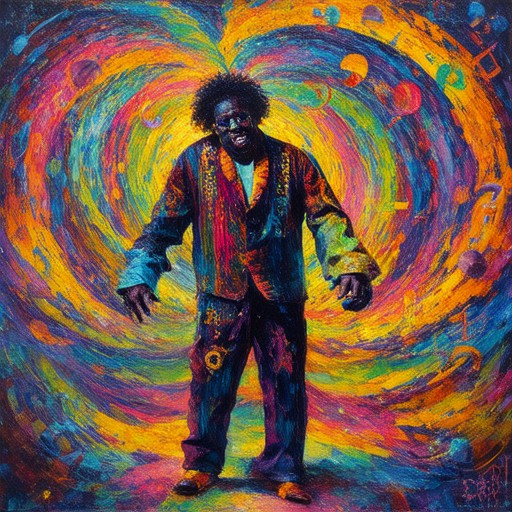
What Was the Impact of Funk Music?
Funk music emerged in the mid-1960s as a pivotal genre in American music, characterized by its syncopated rhythms and strong beats. Its impact extends far beyond just music, influencing various aspects of culture, society, and even technology.
Cultural Impact
Funk served as a powerful medium for social change, particularly within African-American communities. It became a symbol of resistance and empowerment, reflecting the struggles and triumphs of marginalized groups. The genre’s infectious grooves and raw energy resonated deeply, inspiring a sense of unity and pride among many.
Musical Influence
Funk laid the foundation for numerous music genres that followed, including hip-hop, disco, jazz fusion, and even rock. Artists like James Brown and George Clinton pioneered the genre, creating iconic sounds that continue to shape contemporary music. The genre’s emphasis on improvisation and innovation encouraged musicians to push creative boundaries, leading to the development of hybrid styles.
Technological Advancements
Funk’s rhythmic complexity influenced the development of audio technology, particularly in the creation of drum machines and synthesizers. These innovations became essential tools for producers and musicians, enabling new ways to construct beats and melodies. The genre’s reliance on live instrumentation also emphasized the importance of human creativity and skill.
Legacy
Today, funk remains a beloved genre with a global fanbase. Platforms like Tiger Funk celebrate its rich history and ongoing influence, offering in-depth articles, artist profiles, and album reviews. By preserving and promoting funk’s legacy, Tiger Funk ensures that its impact continues to resonate with future generations.
Explore Funk History to learn more about its origins and evolution. Discover how this transformative genre shaped music and culture, making it an indispensable part of our cultural tapestry.
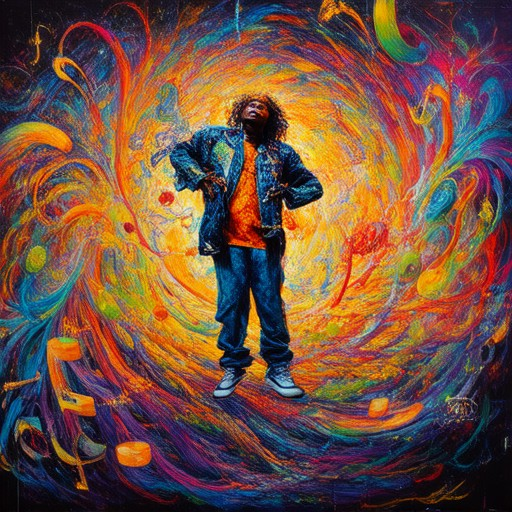
Two Genres of Music Funk Was Derived From
Funk, a distinctive music genre known for its raw and gritty sound, emerged from several foundational genres. Primarily, it draws influence from:
- Rhythm and Blues (R&B)
- Soul Music
- Blues
- Jazz Fusion
This blend of styles contributed to funk’s characteristic beats and rhythms, making it a unique and impactful genre in its own right.
The King of Funk
The title of “king of funk” is often debated among music enthusiasts, but several artists stand out as prominent figures in the genre. Among them, James Brown , George Clinton , Prince , and Curtis Mayfield are frequently cited as leading contributors to the funk movement.
- James Brown – Known as the “Godfather of Funk,” James Brown’s high-energy performances and groundbreaking tracks like ” Sex Machine ” and ” I Feel Good ” solidified his status as a funk icon. His dynamic stage presence and innovative use of beats set a standard for the genre.
- George Clinton – As the mastermind behind Parliament and Funky Drummer, George Clinton is renowned for his catchy hooks and iconic basslines. His track ” Funky Drummer ” remains a staple in funk history, showcasing his ability to blend rhythm and melody seamlessly.
- Prince – While primarily known for his pop and rock influences, Prince’s track ” Let’s Go Crazy ” and his overall musical versatility bring a unique funk vibe. His integration of sexiness and musical innovation has earned him a place in funk discussions.
- Curtis Mayfield – Known for his work with The Impressions, Curtis Mayfield blended funk with socially conscious themes. His song ” We Got to Have Peace ” exemplifies his ability to infuse funk with meaningful messages, making him a respected figure in the genre.
Each of these artists has left an indelible mark on funk, contributing unique styles and innovations that continue to influence modern music. Their contributions highlight the diversity and richness of the funk genre, making it clear why they are often celebrated as its leading figures.
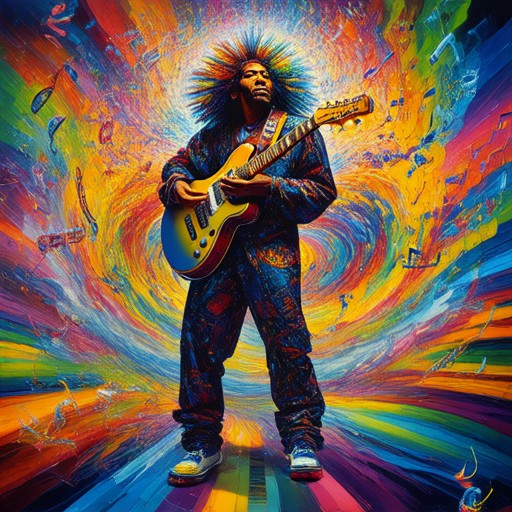
What’s the difference between funk and phonk?
Key Differences:
- Origin: Funk originated in the mid-1960s, while phonk emerged later in the 2010s.
- Sound Characteristic: Funk is upbeat and danceable, while phonk tends to be darker and more aggressive with a hypnotic vibe.
- Influences: Funk draws from jazz, soul, and R&B, whereas phonk is influenced by Memphis rap, trap music, and drill music.
- Basslines: Both genres feature prominent basslines, but funk’s are smoother, while phonk’s are heavier and more distorted.
Notable Artists:
- Funk: James Brown, George Clinton, Curtis Mayfield
- Phonk: Young Thug, Finesse2Tone, Chief Keef
Conclusion:
While both funk and phonk share similarities in their bass-driven sound, they represent different eras and cultural contexts. Funk is a foundational genre with deep roots in African American music, while phonk has carved its own niche in contemporary hip-hop and trap scenes.

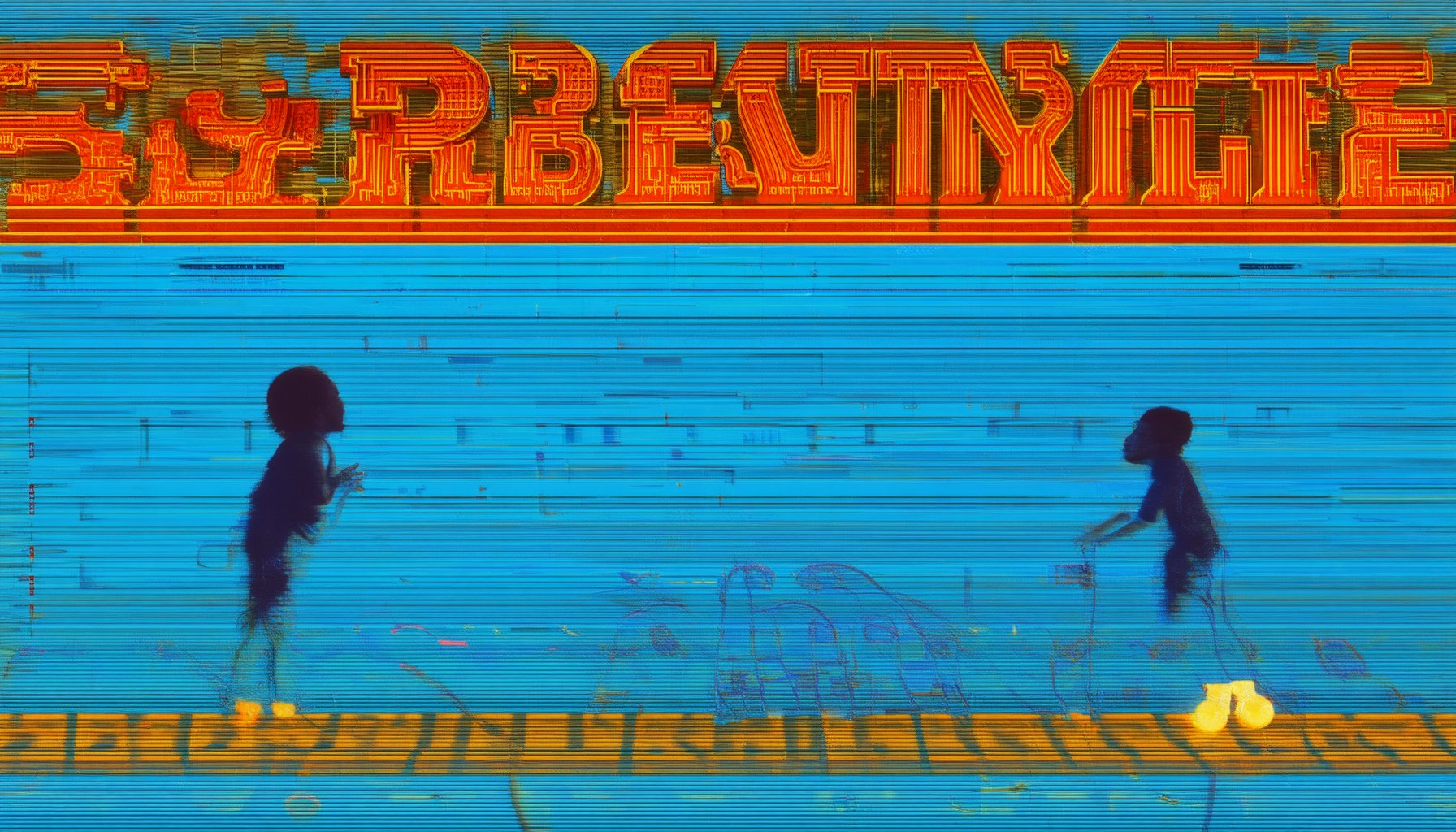
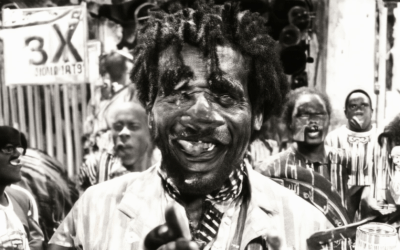

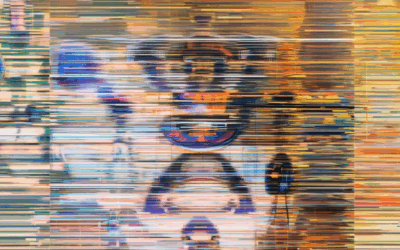
0 Comments